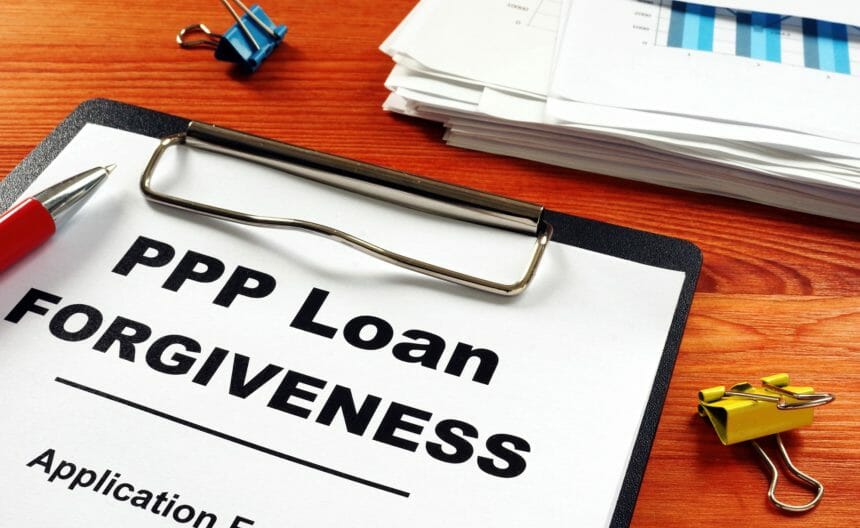
The ongoing changes being made to the federal government’s Paycheck Protection Program have left many small businesses uncertain as to whether they will have to pay the loan back.
The Treasury Department and the Small Business Administration have issued 18 “interim final rules” and 48 pieces of guidance in the form of “frequently asked questions” for the program, according to a Wall Street Journal report Saturday. Borrowers and lenders are also still waiting for the two agencies to release a new forgiveness application form reflecting the PPP Flexibility Act, signed into law June 5. The act extends the duration of loans to 24 weeks from eight weeks, and lets borrowers spend 40% of the loan on rent and certain other expenses, up from 25%. They also have yet to say how lenders should submit forgiveness applications to the SBA, what happens if borrowers can’t repay loans in the allotted time and how businesses can appeal if their loan isn’t forgiven.
Efforts to add flexibility have created new complications for some however, including a concern among business owners that accepting the extension locks them into maintaining staffing at pre-pandemic levels for another four months — even if they simply don’t need as many employees in the future, Bethany Novis, a partner with the Lancaster, PA, accounting firm RKL LLP, told WSJ.
For many small-business owners, the program’s biggest selling point was that the loans would essentially turn into government grants. “Until you see how the forgiveness goes, I don’t think we can call it a success or failure,” said Wesley Veach, chief executive of Bankcda, a lender based in Coeur d’Alene, ID, that has funded roughly $23 million in PPP loans for nearly 300 businesses.
As of Friday, the government has approved $512 billion in PPP loans to more than 4.5 million businesses since the program’s April rollout.




